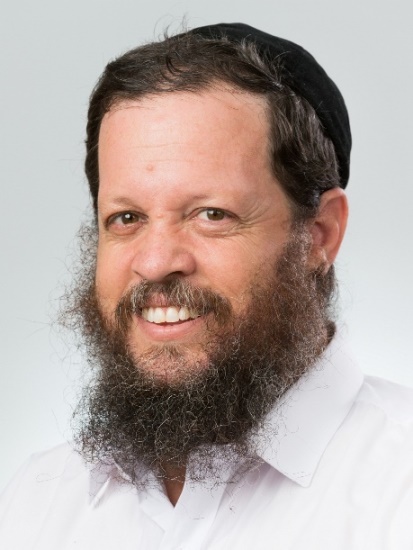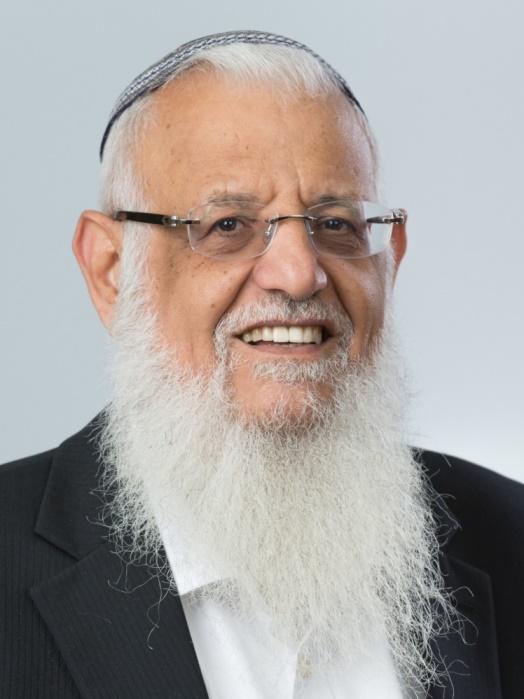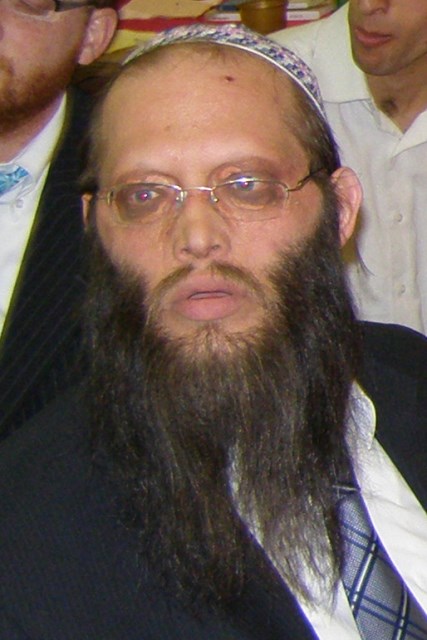Me’arat Hamachpela
By: Rav Mordechai Greenberg
Nasi Hayeshiva
Chazal interpret “Me’arat Hamachpela” (the double-cave) in numerous ways: it is double in couples; it has a lower and upper chamber; G-d doubled Adam’s height and buried him there; the entrance to Gan Eden is there. What do these various interpretations have in common?
They further taught in Midrash Rabbah:
“She envisioned a field and bought it” (Mishlei 31:16) – [Sarah] envisioned and took the field of Machpela and was buried there, as it says, “Afterwards Avraham buried Sarah, his wife [in the cave of the field of Machpela].” (Bereishit 23:19)
Chazal state that Sarah died on account of the snake, i.e., that her death was not due to sin. Her burial is merely a matter of safekeeping until the resurrection, while she remains in her death as in her life, a perfect harmony of body and soul, with no need for separation. [The Ramchal and Nefesh Hachaim (1:6) explain that the primary purpose of burial is to separate between the body and soul, and through this man achieves his completion.] Therefore, her place of burial is in Me’arat Hamachpela, a cave that expresses the connection of the two worlds, since it stands at the doorway between this world and the next world. One who connects body and soul is fitting for the connection between this world and the next, and therefore his place is in this cave. Because of this, the patriarchs are called, “the sleepers of Hebron,” because the souls of those who are buried there are not separated from their bodies. They are like sleepers who await awakening in the future, and they are in Hebron, where the soul connects (mitchaber) with the body.
Sarah prepared this connection in her life. “When one-hundred years old she was as twenty, and when twenty as seven.” (Rashi) This is the meaning of “envisioning” the field in her lifetime; she prepared herself to be worthy of being buried there. Similarly, Avraham’s entire essence was unification:
“We have a small sister (achot).” – This is Avraham, as it says, “Avraham was one,” for he unified (icha) all the people of the world. Bar Kapara says, he mended (icha) the tear.
Chazal describe what happened from the times of Adam until Avraham. When Adam sinned, the Divine Presence rose away to the sixth heaven, and it continued to ascend until the seventh heaven. When Avraham came along, he lowered it one heaven, and so, too, Yiztchak and Yaakov, until Moshe came along and returned it to the world: “G-d descended upon Mt. Sinai.” (Shemot 19:20) In this way, Avraham mends the tear that Adam tore between heavan and earth, and unifies all the people of the world through deeds of kindness and hospitality. Just as he mended the tear between the upper realms and the lower ones, so, too, he merited to uncover the place which unifies heaven and earth.
Adam was two-hundred cubits tall. The Maharal explains that the number one-hundred indicates perfection, and a height of two-hundred cubits indicates perfection of body and soul. However, when he sinned, his height was reduced, as it says, “You placed Your Hand (kapecha) upon me.” Kaf has the numerical value of one-hundred. G-d placed His Hand upon Adam and his height was reduced to one-hundred.
It says in the Zohar that when Avraham entered the cave to bury Sarah, Adam and Eve wanted to leave out of shame, but Avraham promised them that he would pray on their behalf, and they were calmed. This is what it says, “Afterwards Avraham buried et Sarah – this includes Eve,” that Eve’s burial was after Sarah’s. Only now did they find their peace. We now also understand why G-d doubled Adam’s height. When Adam sinned, his height was reduced to one-hundred, but after Avraham mended the tear, and rectified that which Adam ruined, his height returned, and once again his height was doubled to two-hundred at Me’arat Hamachpela
This is what we say in our prayers, “Bring us fully-upright (komemiut) to our Land.” Komemiut implies, “Like the two heights of Adam” (Sifrei Parshat Bechokotai) – the perfection of body and soul.
Shiur ID: 3584
Do you have a comment or question on the shiur?
Comment below and we'll join the discussion
Add your comments:

.jpg)




